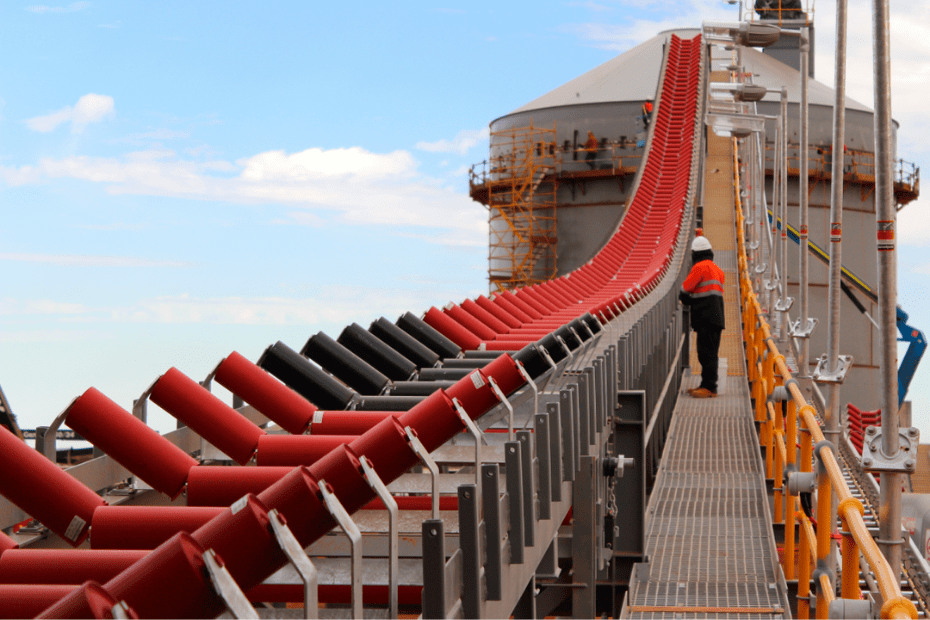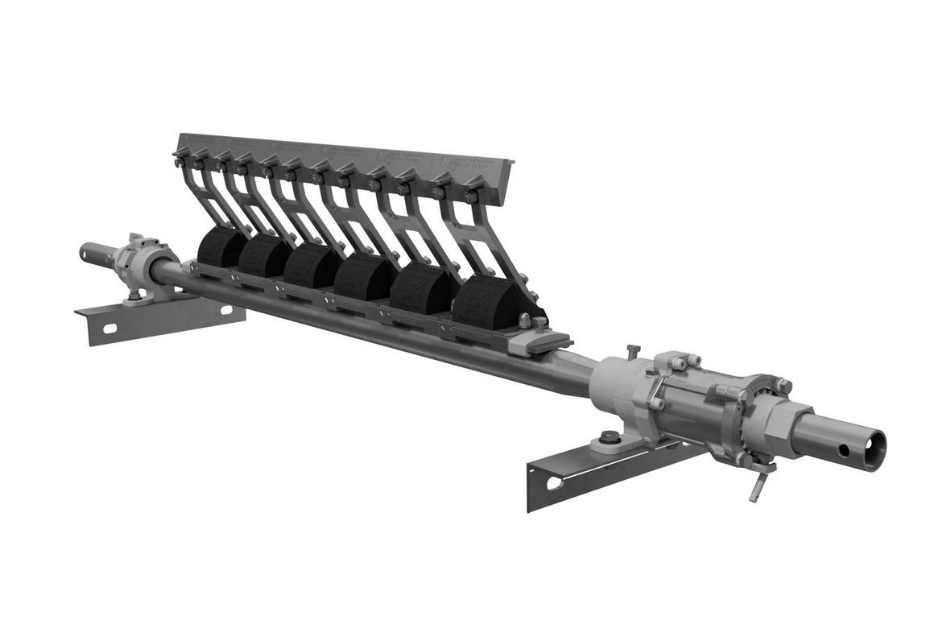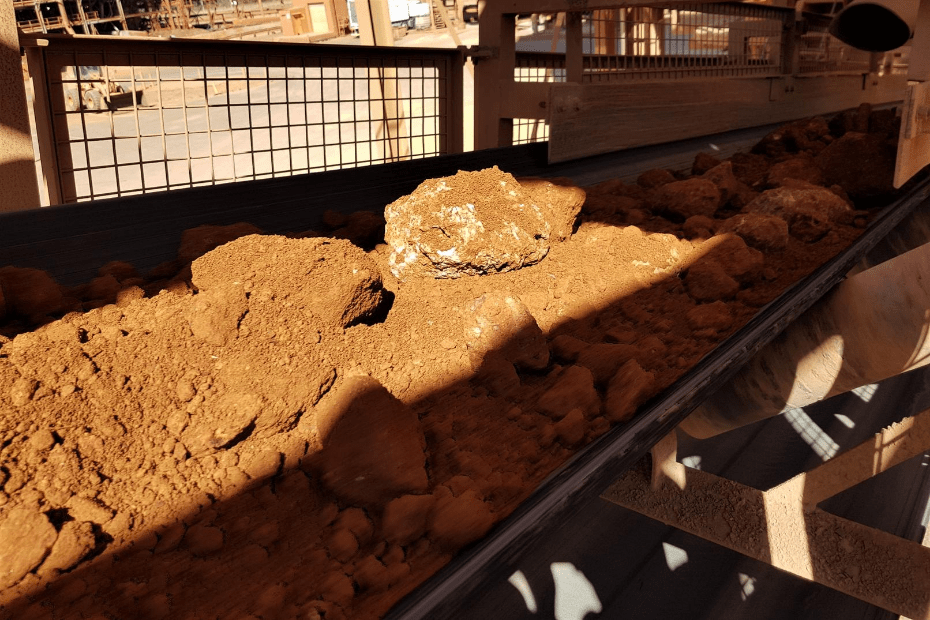4 Ways to Reduce Conveyor Belt Damage
Conveyor belts are both the most important and most expensive conveyor component. According to the Australian Bulk Handling Review, the value of iron ore is currently estimated at $120 USD or $160 AUD per tonne. Therefore, a conveyor capable of moving 5000 tonnes per hour can suffer $800,000 AUD of lost production every hour if a conveyor belt requires replacement due to avoidable damage or wear.
To help you reduce damage to your conveyor belt and the potential costly exercise of a belt replacement, we discuss below four ways to reduce belt damage.
1. Appropriate Belt Type
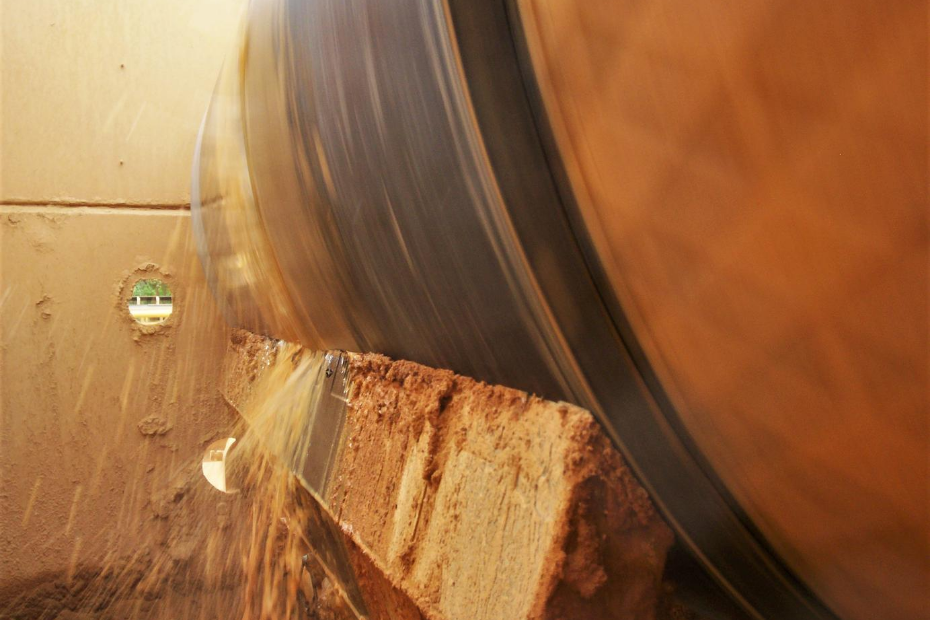
The type of material and the environment of your conveying will greatly affect the service life of your conveyor belt as the specification of belt will wear more quickly if it isn’t suited to the application. There are multiple grades of rubber conveyor belting, each of which have special properties that ensure their suitability.
For example, Grade A is an abrasion-resistant rubber belt, which is used to convey rough or abrasive material. If your conveyor requires the use of Grade A, but you instead installed a general-purpose N grade rubber belt you would find that the N grade belt would be more susceptible to wear from the abrasive material. Thus, the service life would be reduced and the belt will require replacement sooner than a Grade A belt.
You can read more about the type of rubber belting and their applications here.
2. Cleaning & Maintenance
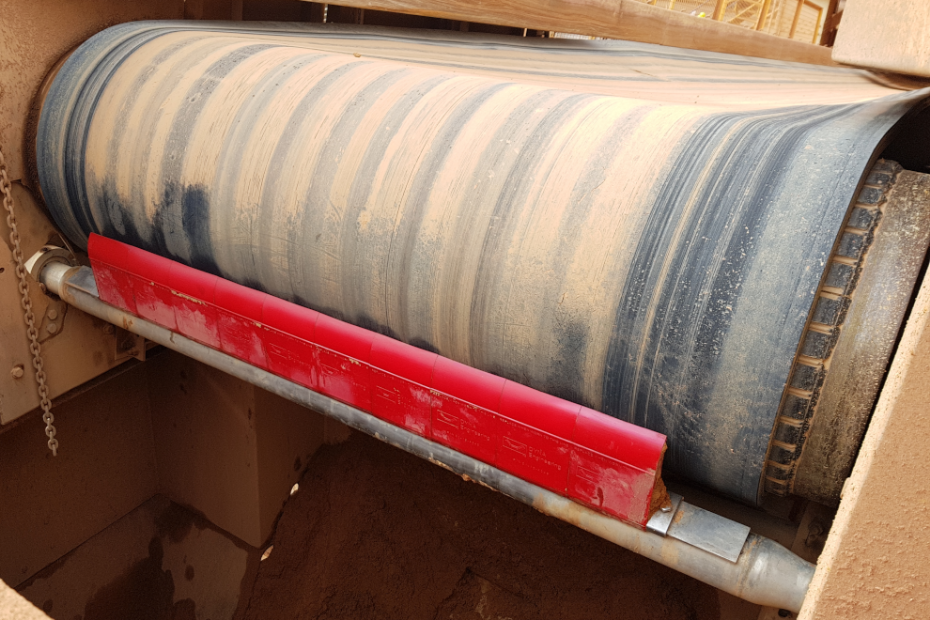
Carryback (or material that remains adhered to the underside of the conveyor belt) can cause increased wear on the surface of the belt if it gets stuck to other conveyor components. The wear that carryback causes can be greater if the layer of material is left to thicken or harden over time.
To reduce carryback and the associated wear on the conveyor belt, it’s important to keep the belt as clean as possible during operation. Cleaning of the belt can be effectively achieved with the appropriate belt scraper, v-plows, spray bars and brush cleaners.
3. Impact Protection
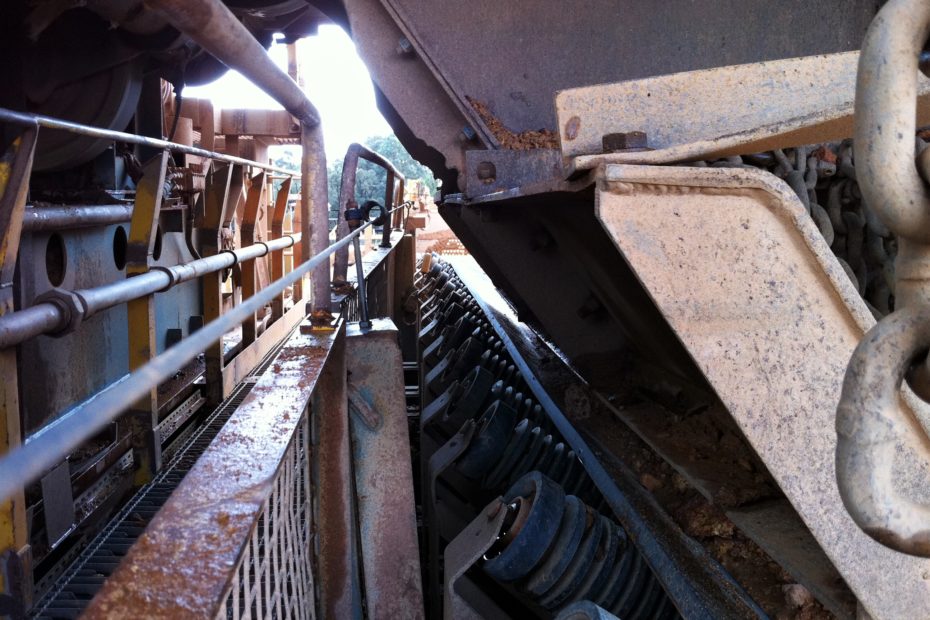
When large and heavy material impacts the conveyor belt, especially at the impact zones, damage can occur to the belt. Impact damage can include tears in the belt or, if the velocity of the impacting material is high enough, the objects can puncture holes in the belt.
Two effective methods of absorbing impact forces is the installation of impact idlers or impact beds, which are particularly important at the loading point and transfer points.
Impact beds are used in place of idlers when the impact force or velocity are especially high. They close the gap inherent in impact idler rollers designs, and thus provide more support to the belt where required which can increase the belt’s service life.
4. Prevention of Mis-tracking
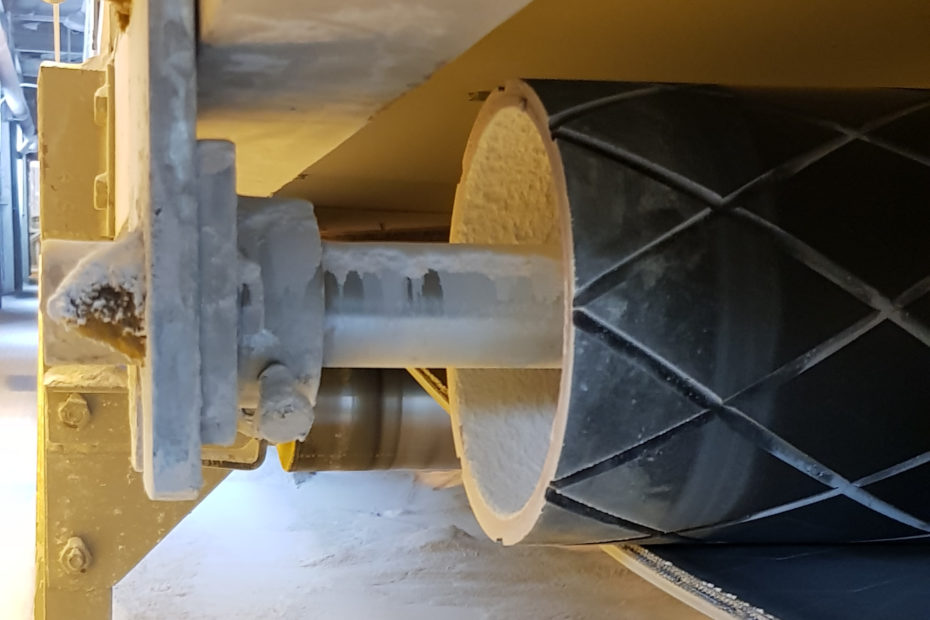
The conveyor belt can be prone to mis-tracking for various reasons, examples include worn conveyor pulley and material build up. When the belt mis-tracks, it is prone to damage and additional wear, especially along the edge of the belt where unwanted contact with surrounding structure may occur.
Installation of tracking rollers can be an effective additional of helping to prevent belt mis-tracking and the damage that can consequently occur.
Our DYNA-TRAC® tracking rollers are an ideal option as they are self-aligning and self-adjusting, which ensures the belt maintains central alignment.
Visit our products page for more options and information on our quality designed and manufactured conveyor components.
Related Blog Posts
Different Types of Idler Rollers
Idler rollers, or sometimes simply known as conveyor rollers, are cylindrical-shaped bars that run along and underneath a conveyor belt. There are many different types of idler rollers with varying…
What is the Best Scraper Type...?
When installing a belt scraper on your conveyor, deciding on the type of scraper can be make or break for the system. What are the different types of blades? The pros and cons? Primary vs secondary?…
Common Causes of Belt Damage
Conveyor belts are a viable component in a conveyor system. It is important to maintain them correctly and minimise any potential stoppages or damage to maintain the maximum up time and service life…
